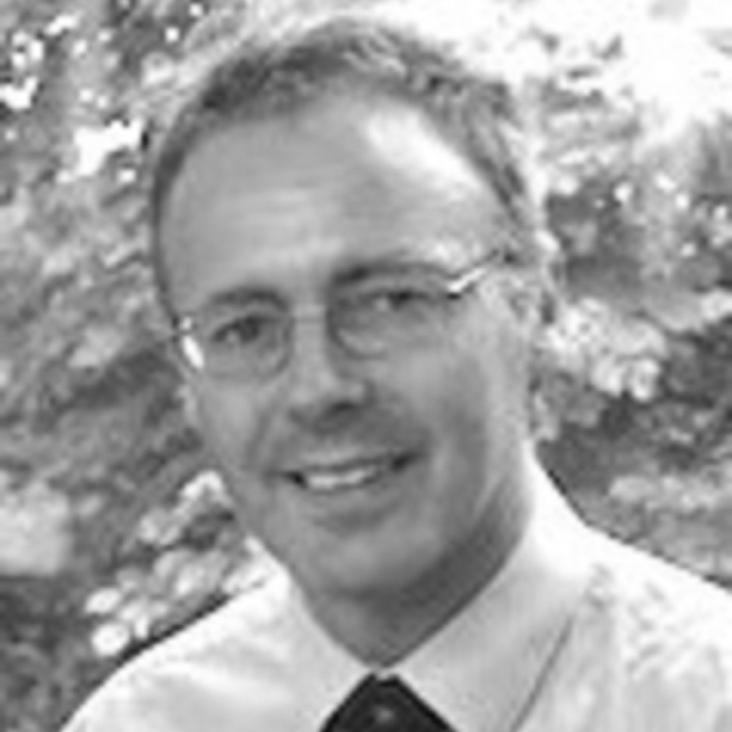A single ion as a nanoscopic probe of an optical field
Nature Springer Nature 414:6859 (2001) 49-51
Quantum computing and error correction
NATO SC S SS III C S 182 (2001) 284-298
Abstract:
The main ideas of quantum error correction are introduced. These are encoding, extraction of syndromes, error operators, and code construction. It is shown that general noise and relaxation of a set of 2-state quantum systems can always be understood as a combination of Pauli operators acting on the system. Each quantum error correcting code allows a subset of these errors to be corrected. In many situations the noise is such that the remaining uncorrectable errors are unlikely to arise, and hence quantum error correction has a high probability of success. In order to achieve the best noise tolerance in the presence of noise and imprecision throughout the computer, a hierarchical construction of a quantum computer is proposed.Quantum computing with trapped ions, atoms and light
AIP CONF PROC 551 (2001) 158-172
Abstract:
We consider experimental issues relevant to quantum computing, and discuss the best way to achieve the essential requirements of reliable quantum memory and gate operations. Nuclear spins in trapped ions or atoms are a very promising candidate for the qubits. We estimate the parameters required to couple atoms using light via cavity QED in order to achieve quantum gates. We briefly comment on recent improvements to the Cirac-Zoller method for coupling trapped ions via their vibrational degree of freedom. Error processes result in a trade-off between quantum gate speed and failure probability. A useful quantum computer does appear to be feasible using a combination of ion trap and optical methods. The best understood method to stabilise a large computer relies on quantum error correction. The essential ideas of this are discussed, and recent estimates of the noise requirements in a quantum computing device are given.Realising quantum computing: Physical systems and robustness
(2001) 199-206
Abstract:
The physical realisation of a large quantum computer, i.e. one which could perform calculations beyond the capabilities of classical computers, is discussed, It is necessary to consider both the physical mechanisms of the hardware and the noise tolerance of quantum error correction (QEC) methods, Estimates for noise tolerance which involve fewer simplifying assumptions than were previously employed are given, and the scaling of logic gate rate with logic gate precision is discussed. It is found that QEC is fast compared to methods such as adiabatic passage.Quantum Computation with Trapped Ions, Atoms and Light
Chapter in Scalable Quantum Computers, Wiley (2000) 69-88


